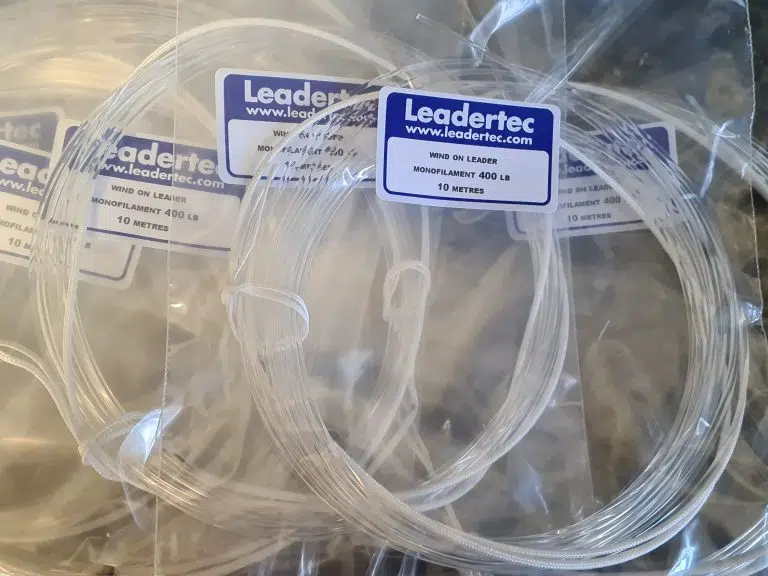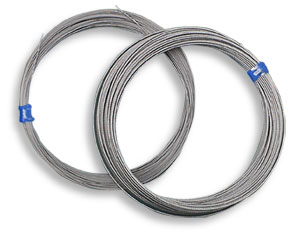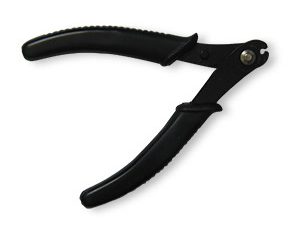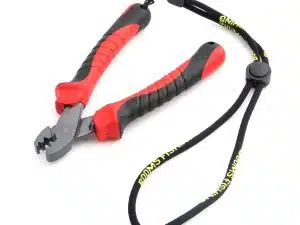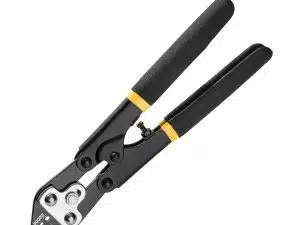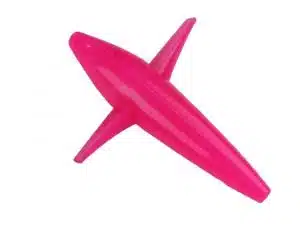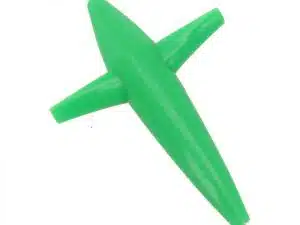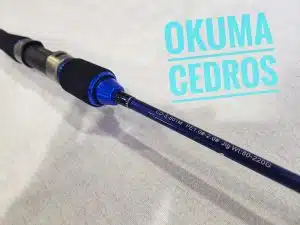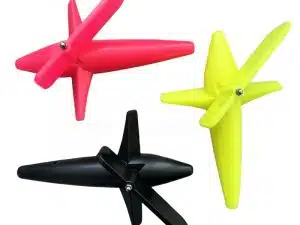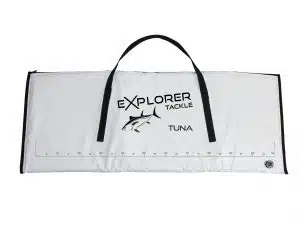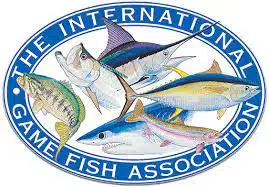CHOOSING THE MOST SUITABLE LEADER MATERIAL
What is a Fishing Leader?
It’s usual in saltwater fishing to use a leader at the end of the main fishing line to resist abrasion from the fishing environment (rocks, coral etc ) and from the fish themselves (jaws, sharp gill plates, rough bills of sailfish and marlin etc ).
IGFA rules allow the use of a leader up to 15 feet (4.57 metres ) long in line classes up to 20 lb (10 kg) and up to 30 feet (9.14 metres ) in line classes over 20 lb (10 kg).
Monofilament
Single strand wire
Multi strand cable
What is the Best Leader Material for Fishing?
Leader mono is usually slightly different to mainline mono, particularly in the field of big game fishing. Mainline mono needs to be soft and lack memory to enable it to sit comfortably on a reel spool and to cast and knot easily.
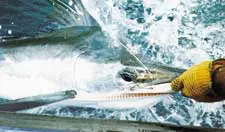
The main advantage of fluorocarbon is that its refractive index is close to that of water making it more difficult for fish to see underwater but it is also much more abrasion resistant than nylon allowing thinner leader to be used. It also does not absorb water like nylon and so the wet and dry breaking strengths remain similar.
Fluorocarbon is much more expensive than comparable nylon and more care must be taken when knotting it. When tuna are proving leader shy the traditional solution was to drop down to much lighter leaders which increases the chance of the leader being abraded through during the fight.
For: Supple, easy to knot or crimp (although slightly more difficult to knot than nylon), more abrasion resistant than nylon, less visible than nylon underwater, UV and temperature resistant
Against: Poor resistance to teeth, expensive to buy. Large diameter compared to wire or cable of similar breaking strain.
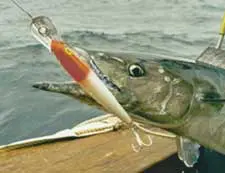
Monel is the more commonly used of the two types of wire due to its corrosion resistance making it more suitable for reusing. The Malin Company in the USA manufacture very high quality stainless steel single strand wire and also nylon coated stainless steel single strand wire.
Tinned or galvanised wire (music wire)
Australian crews often use music wire (they call it ‘Gal’, short for Galvanised wire) when fishing dead baits for giant black marlin along the Great Barrier Reef. They find that a small amount of surface corrosion on the wire enables them to more firmly grip the leader with wetted gloves when leadering a big fish alongside the boat.
Multi strand cable
Multi strand stainless steel cable is very widely used around the world wherever toothy fish may pick up the bait or lure.
Nylon coated cable is a pleasant material to use. Relatively small in diameter and easy to work with. The coatings are available in a variety of colours in case that sort of thing’s important to you, and it’s equally suited to fishing with lures or baits and can easily be joined with brass or copper sleeves.
Uncoated 49 strand stainless steel cable is the most commonly used cable in higher breaking strains. It’s equally suited to fishing with lures or baits, can easily be joined with brass or copper sleeves and is highly kink resistant.
If you would like some help on how to connect your fishing leader, visit our fishing leader crimping techniques page today.
Good Fishing!
-
BIG GAME FISHING CRIMPING TOOLS
ROUND SLEEVE CRIMPING PLIERS
£13.50 Incl. UK VAT (VAT Free outside UK) Add to basket -
BIG GAME FISHING CRIMPING TOOLS
LIGHT DUTY HAND SWAGER
£22.50 Incl. UK VAT (VAT Free outside UK) Add to basket -
BIG GAME FISHING LURES
TRACKER MINI TROLLING BIRD 5″
£3.45 Incl. UK VAT (VAT Free outside UK) Select options -
BIG GAME FISHING LURES
TRACKER TROLLING BIRD 7″
£5.95 Incl. UK VAT (VAT Free outside UK) Select options -
FULL RANGE
OKUMA CEDROS SLOW PITCH JIGGING ROD CD-S-601M
£159.50 Incl. UK VAT (VAT Free outside UK) Add to basket -
BIG GAME FISHING LURES
SIDE TRACKER TROLLING BIRD
£19.50 Incl. UK VAT (VAT Free outside UK) Select options -
BOAT FISHING ACCESSORIES
INSULATED FISH BAG – MEDIUM
£89.50 Incl. UK VAT (VAT Free outside UK) Add to basket

